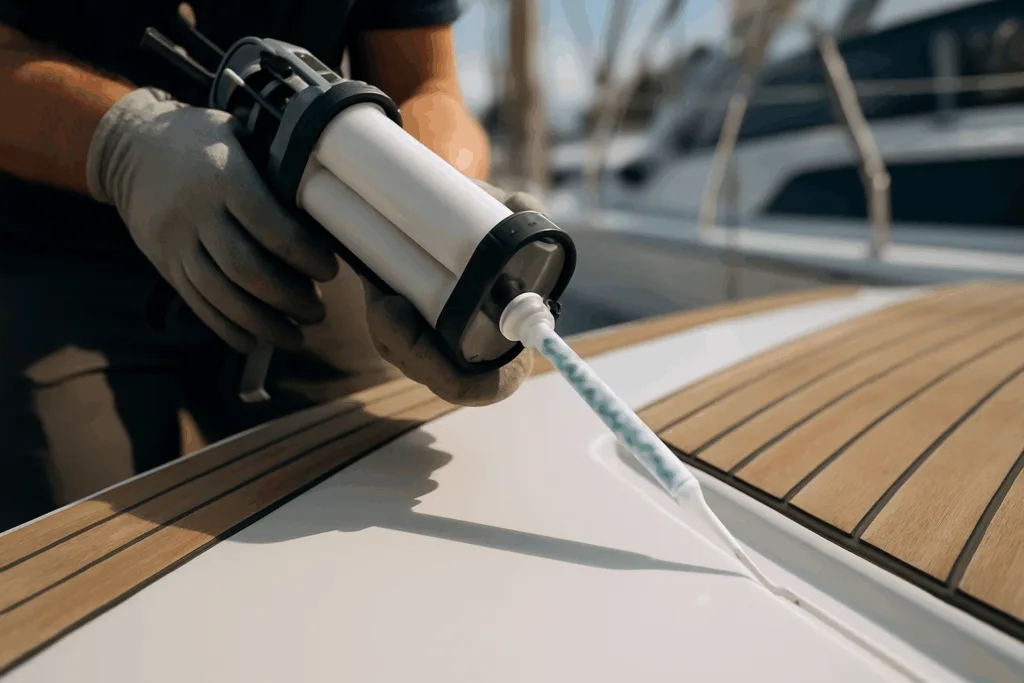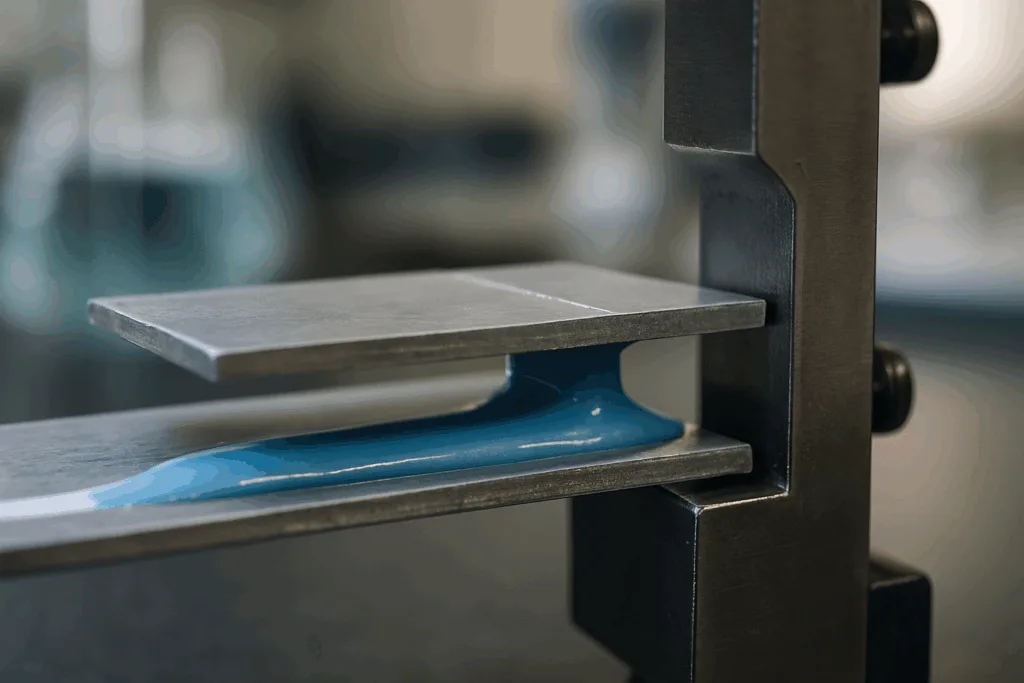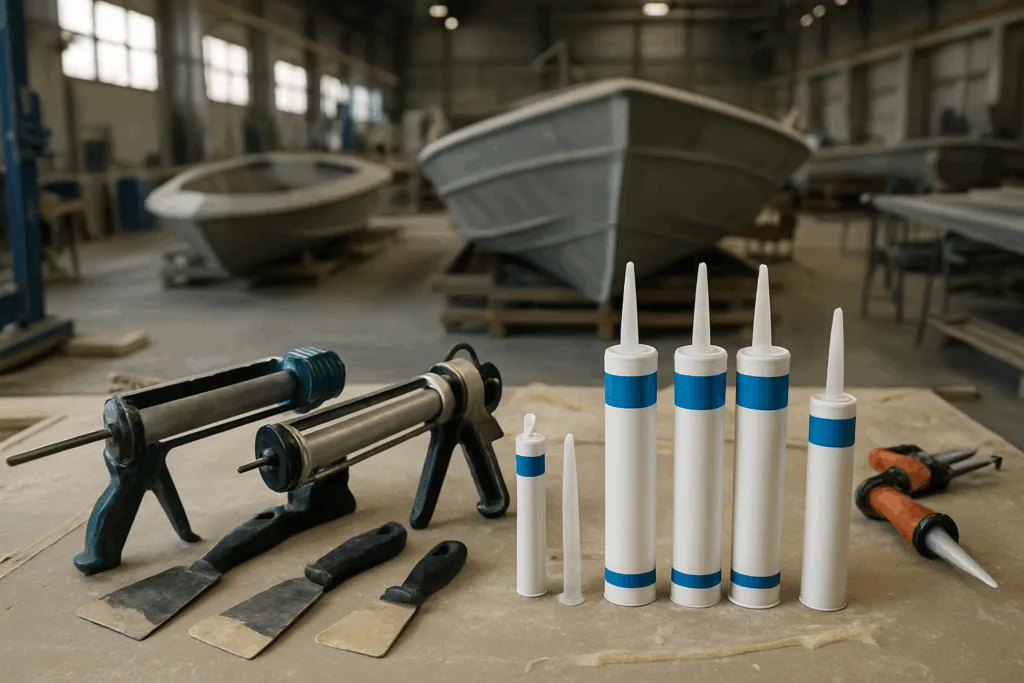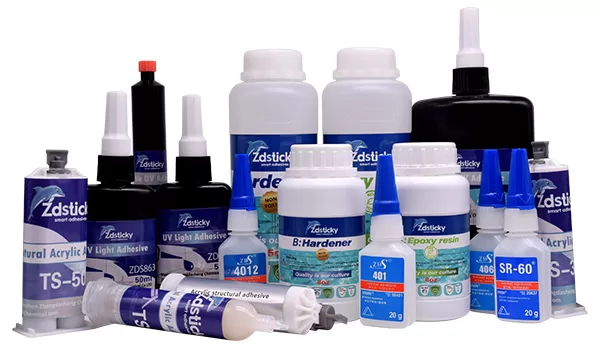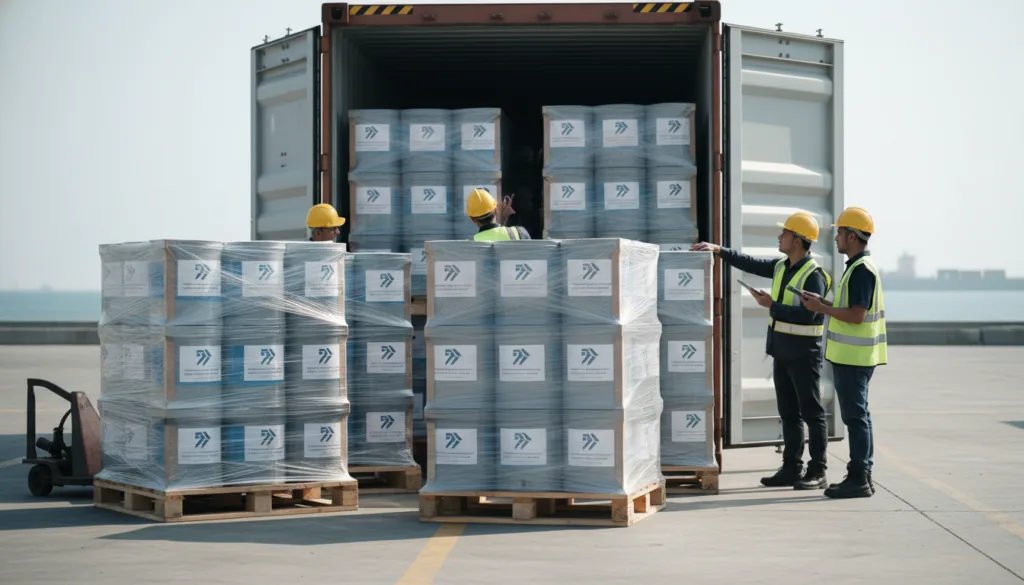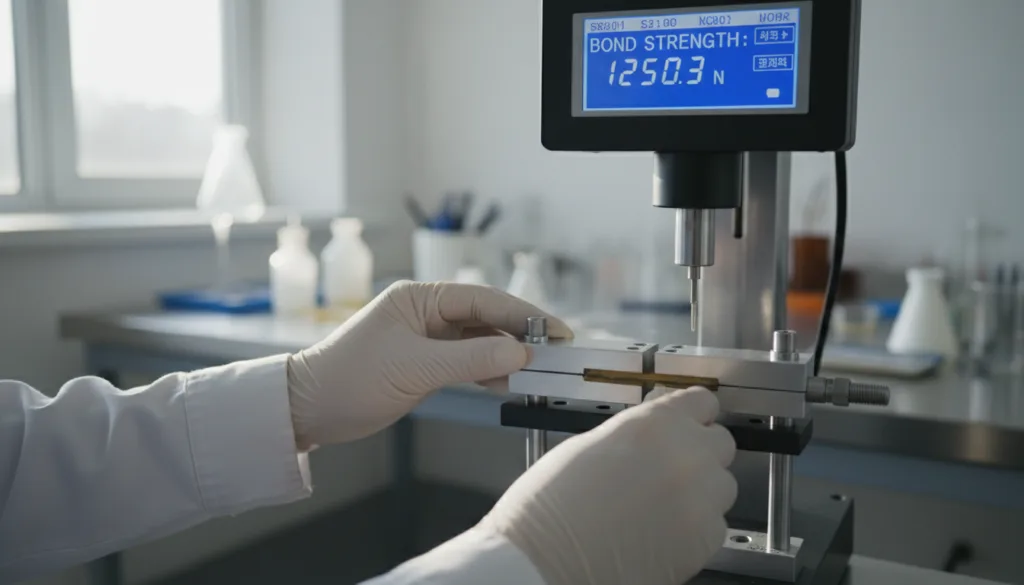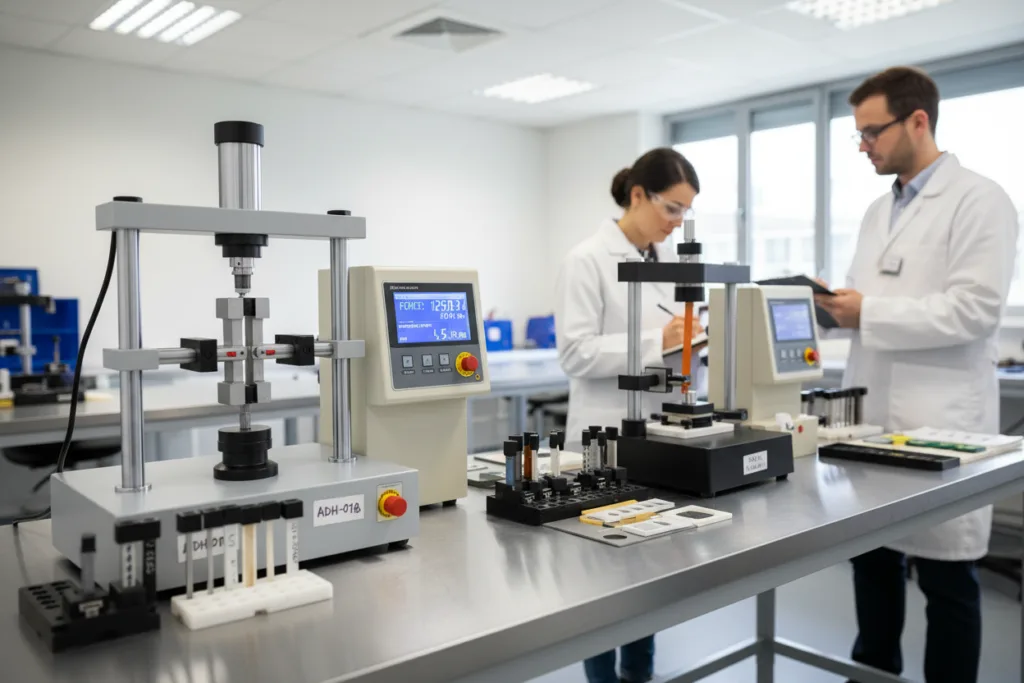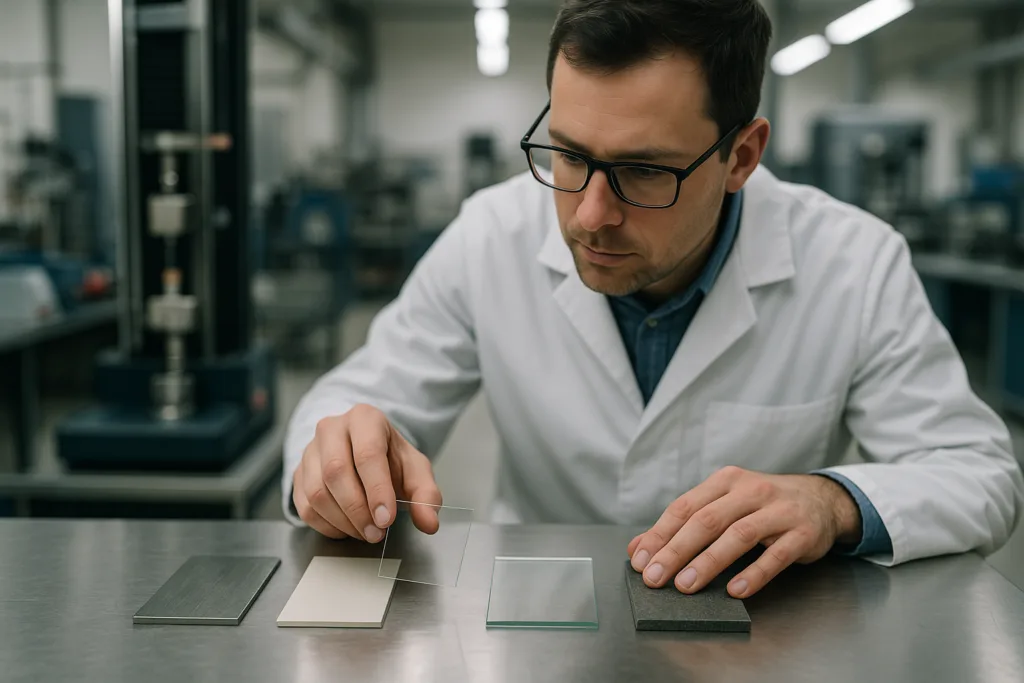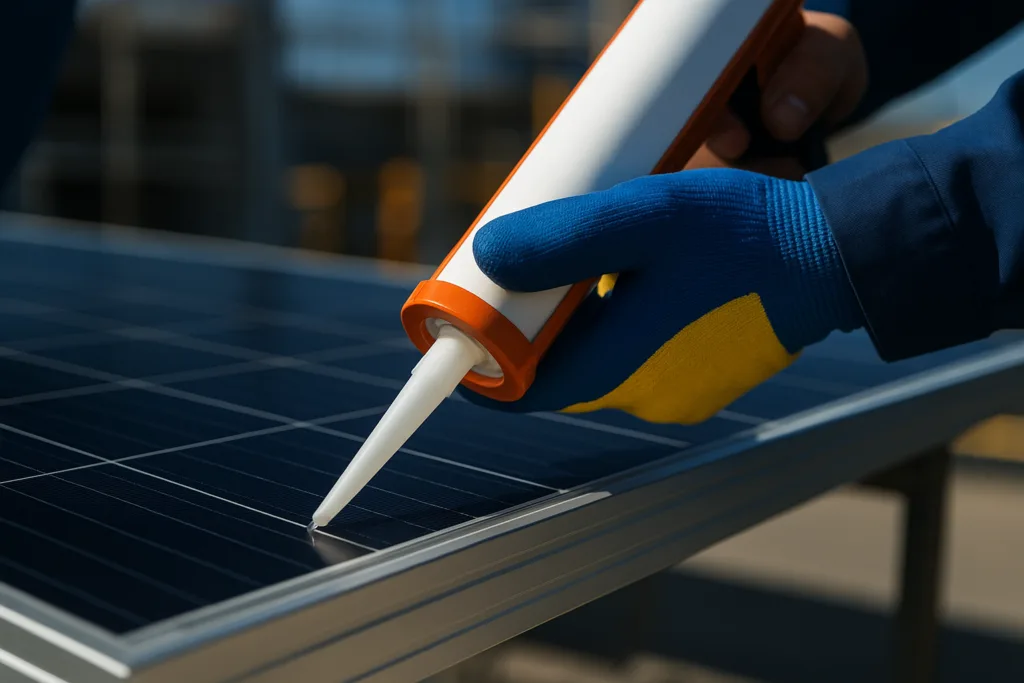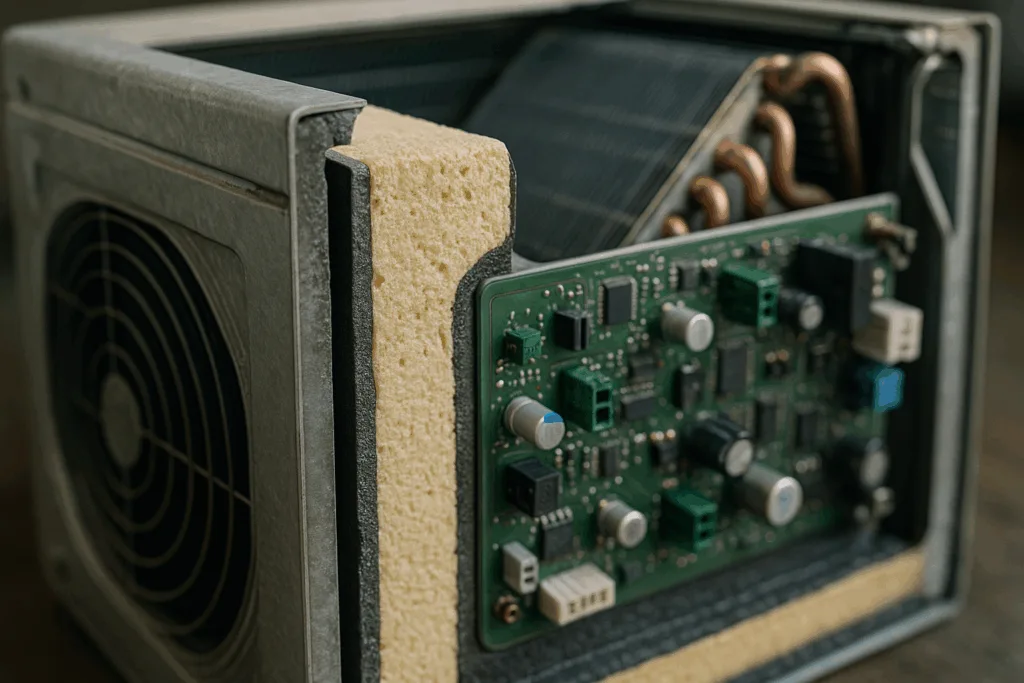Introduction: The Critical Role of Tools for Marine Adhesive Application
Precision and reliability are non-negotiable when working with marine adhesives. Selecting the right tools for marine adhesive application ensures both long-lasting performance and efficient workflow, whether you’re bonding hulls, decks, trims, or outfitting interiors. Adhesive failures in marine environments can lead to costly repairs, compromised safety, and lost time. Below, you’ll discover practical guidance on choosing, using, and maintaining essential marine adhesive application tools, drawing on manufacturing best practices and insights from ZDS, a leader in structural and non-structural adhesives for boatbuilding and industrial assembly.
Top 10 Tools for Applying Marine Adhesives Like a Pro
Every adhesive chemistry and bonding scenario calls for the right set of tools. Here are the ten must-have devices for optimal results in marine adhesive applications, with tips for selection tailored to your project:
- Cartridge Gun (Manual or Pneumatic)
Ideal for applying 1K and 2K marine adhesives with precision, enabling controlled bead size and flow. Select a heavy-duty gun with stainless steel plungers for epoxies and thick polyurethanes. - Static Mixer Nozzle
Ensures thorough mixing of two-part epoxy, polyurethane, or acrylic adhesives without manual errors. Key for flawless chemical curing. - Notched Trowel or Spreader
Guarantees uniform coverage and controlled thickness, essential for bonding wide surfaces like decks or bulkheads. Choose notch profiles that match the adhesive viscosity (refer to ZDS viscosity rating). - Squeegee or Rubber Spatula
Helps spread adhesive evenly on curved or irregular surfaces. Opt for flexible, solvent-resistant spatulas for easy cleanup. - Masking Tapes / Adhesive Films
Facilitates crisp bond edges and protects adjacent surfaces. Premium tapes resist bleed-through from marine-grade polyurethanes, epoxies, or MS polymer systems. - Surface Preparation Kit
Includes degreasing agents, abrasive pads, wire brushes, and adhesion promoter primers (crucial for engineering plastics, aluminum, and glass). ZDS recommends checking compatibility with your chosen adhesive chemistry. - Automated Dispensing System
For high-volume production, robotic or trigger-controlled stations provide metered delivery and repeatability—reducing operator fatigue and adhesive waste. - Mixing Cups and Measuring Tools
Essential for manual batch mixing, ensuring accurate component ratios and minimizing exotherm risks. Use graduated containers and digital scales to maintain formulation integrity. - Clamping Jigs and Fixturing Devices
Guarantee stable bond-line pressure during cure. Select corrosion-resistant clamps for marine environments; adjust loading to avoid squeeze-out and ensure proper wetting. - Cure Monitoring Tools
Infrared thermometers, Shore durometers, and hardness gauges monitor cure progress and final bond strength. Useful for ensuring the adhesive achieves manufacturer-specified Tg and shore hardness.
Marine Adhesive Application Tools: Selecting the Right System
Choosing among cartridge guns, mixing nozzles, and automated dispensers depends on adhesive type, substrate geometry, volume, and cure speed. Rapid-curing cyanoacrylates require snap-action applicators and precise dosers, while thick epoxies may demand dual-barrel pneumatic guns and longer working times.
- For intricate assemblies: Precision needle tips (ideal for electronics or hardware bonding).
- For structural assembly: Bead- or slot-die applicators increase coverage uniformity on hull seams and deck panels.
- For wide-area waterproofing: Spreaders and roll-coaters distribute silicone or MS polymers across fiberglass or wood decks.
- For quick repairs: Pre-loaded syringes and squeeze tubes offer on-the-go convenience for minor leaks or trim fixes.
Understanding Adhesive Chemistries and Curing Requirements
Applying marine adhesives successfully hinges on matching tool selection to material properties and cure profiles. Review these chemistry-by-chemistry tips:
Epoxy Systems (1K/2K)
Epoxies offer strong lap-shear strength (up to 32 MPa per ASTM D1002). Use static mixers and controlled fixturing, noting pot life (10–60 min) and viscosity (800–15,000 cP).
Polyurethanes
Flexible yet robust, these cure with moisture and suit cartridge guns or air-powered dispensers. Optimal for glass and aluminum, especially with proper surface prep (degrease, abrade).
Acrylics
Fast-setting, good gap fill; trigger applicators and mixing cups speed up shop workflow. Use where high chemical resistance is essential.
Silicones
Excellent UV and saltwater tolerance; spread with notched trowel or spatula for sealing deck joints and accessories.
Cyanoacrylates (CA)
Rapid bonding for trim parts or electrical connectors. Choose syringes or micro-applicators and confirm compatibility with plastics (ABS, PC, PA, PP).
Performance Metrics: Testing, Compliance, QC
Verification of marine adhesive bonds relies on standardized testing and documentation. Critical quality control checks include:
- Lap-Shear (ASTM D1002): Confirms tensile properties; crucial for hull or deck joints.
- T-Peel (ASTM D1876): Quantifies peel resistance, guiding selection for joinery or trim.
- Salt Spray (ASTM B117): Assesses corrosion resistance of bonds on metals like stainless steel or aluminum.
- Thermal Cycling & Aging: Ensures durability under fluctuating marine conditions.
- Compliance: Check for REACH, RoHS, VOC limits, and documented lot traceability, as supported by ZDS.
| Chemistry | Typical Substrates | Key Tool | Lap-Shear Strength (MPa) | Best Uses |
|---|---|---|---|---|
| 2K Epoxy | Metals, composites, stone | Cartridge gun + static mixer | 25–32 | Hull & deck bonding |
| PU | Glass, aluminum, wood | Pneumatic gun, spreader | 18–22 | Sealing, flexible joints |
| Acrylic | Composites, plastics | Mixing cups, nozzle | 13–20 | Trim, high-chemical areas |
| Silicone | Fiberglass, wood | Notched trowel, spatula | 6–12 | Sealants, deck joints |
| CA | Plastics, metals | Micro-applicator | 11–15 | Quick repairs, connectors |
Substrate Preparation: Maximizing Adhesive Performance
Perfect bonds start with the right surface prep. ZDS application technicians recommend these steps for reliable adhesion:
- Degrease with marine-approved solvents.
- Abrade with 80–220 grit for metal/composite.
- Prime difficult plastics (ABS, PP, PA) with adhesion promoters or plasma/corona treatment.
- Dry thoroughly before application; control ambient humidity for moisture-cure adhesives.
Neglecting prep often leads to delamination, reduced lap-shear, and premature aging—especially in saltwater exposure.
Expert Tips for Flawless Marine Adhesive Application
“Consistency in bead thickness and coverage unlocks maximum bond strength. The right gun, nozzle size, and pressure setting make all the difference. For trickier substrates, ZDS recommends pretesting with sample coupons and validating with ASTM D1002 lap-shear.”
Monitor pot life and open time for 2K systems, work swiftly to avoid premature set. In high-volume shops, switch to automated dispensing with real-time QC feedback. For repairs or remote jobs, carry portable surface prep kits and manual syringes.
Tool Maintenance and Storage Best Practices
Proper upkeep ensures applicator accuracy and extends tool life:
- Clean guns, mixers, and spatulas immediately after use—solvents for epoxies, water for polyurethanes, mechanical scraping for cured acrylics.
- Store cartridge guns in dry cabinets; protect pneumatic systems from salt exposure.
- Replace static mixers after every batch to prevent cure residue.
- Inspect jigs and clamps for corrosion and fatigue; lubricate moving parts regularly.
Document maintenance intervals and calibrations—especially for automated equipment.
Choosing Your Next-Generation Marine Adhesive Application Tools
Evaluate workflow and project scale before investing. For custom yacht builds, precision manual tools offer control. For OEM marine assembly, automated systems paired with ZDS structural adhesives boost efficiency and traceability. Request samples, review test data, and consult adhesive tech sheets to match cure times and strength profiles to your selected tooling. ZDS offers support and documentation for all major marine chemistries and equipment configurations.
Frequently Asked Questions
What are the best tools for applying marine adhesive?
Cartridge guns, static mixers, notched trowels, and automated dispensers are effective for precise, consistent bonding in marine environments.
How do I choose the right adhesive applicator for my project?
Consider the adhesive type, substrate geometry, required bead size, and production volume before matching tool systems to your specific application.
Why is surface preparation important for marine bonds?
Thorough cleaning, abrasion, and priming maximize bond strength, prevent failure, and ensure longevity even under saltwater and temperature cycling.
What cure monitoring tools are recommended for marine adhesives?
Use infrared thermometers, Shore hardness durometers, and regular strength testing to validate successful bonding and full adhesive cure.
How often should marine adhesive application tools be cleaned?
Clean tools immediately after use with the appropriate solvent or method to maintain function, prevent cure buildup, and reduce contamination risk.
What documentation supports marine adhesive compliance?
Adhesive manufacturers, including ZDS, provide SDS, ISO 9001, REACH/RoHS certifications, and lot traceability for quality assurance and regulatory compliance.

